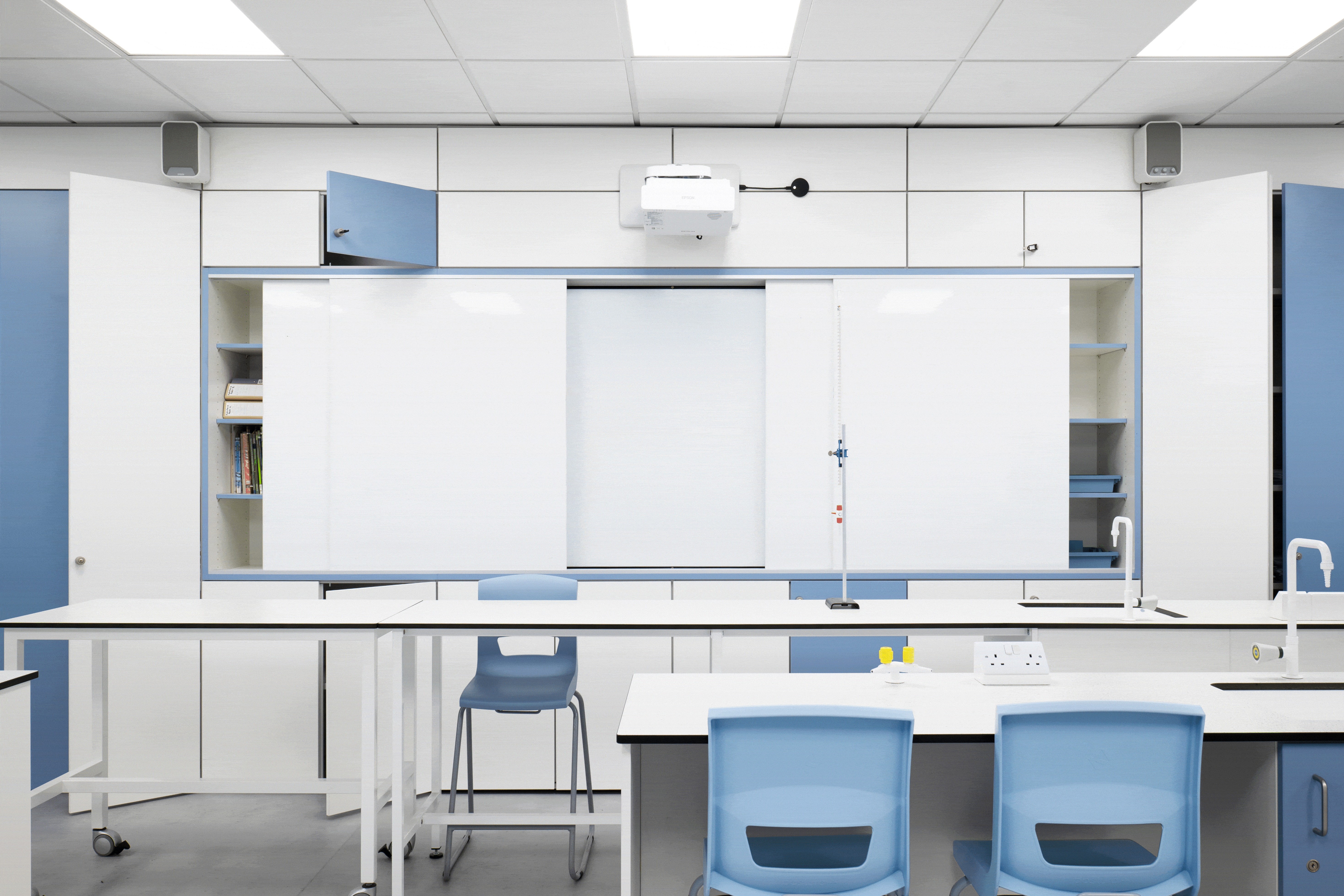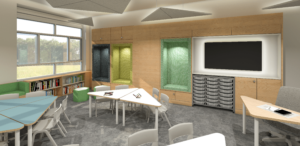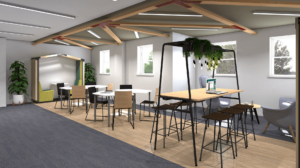Designing a school fit for the 21st century is a huge task. It goes without saying that modern life moves at a frightening pace. And the challenge for educators is not only staying relevant in this ever-evolving atmosphere but providing a curriculum and learning environment that stimulates, excites and engages youthful minds. Children and young adults are susceptible to unconscious influences from an expanding variety of sources, and it can be difficult to detach them from this distraction in order to undertake effective learning and development. They also exist in a time of empowerment, young people today are not afraid to share their feelings, so harnessing this undercurrent of liberation in a positive manner is key. Now is a crucial time to reflect on the school learning environment, ensuring that the curriculum and educational resources capture the buoyant thirst for knowledge that prolonged inquisition can provide.
The starting point for any space –whatever the size, demand or budget –is to determine the desired outcome of the project. What is the intended impact on learning? What will the new design provide for all those involved? If it’s a creative space, have all parties been asked exactly what equipment is needed and in what quantity? All consultation should track backwards from the intention, with the design process regularly stopping to consider if the suggestions are firmly in line with the original end goal.
With accountability increasingly prevalent in all areas of education, any redesign should be easily quantifiable. There should be measurable impact on the children’s learning. And if the impact is not going to be quantifiable then it’s worth asking if the project is actually targeting the right developmental areas.
All stakeholders in the school will have a vested interest in the data linked to school improvement. We exist in a time of progressively discerning parents. The school environment is no longer an area in which solely to work, it is a marketing tool for the school. Potential and existing parents alike, want to see diverse and engaging spaces. Prospectuses, brochures, and social media streams demand eye-capturing and stimulating classrooms. It’s important not to be left behind in this expanding realm of school marketing.
When undertaking larger scale school improvement, it’s crucial to identify the specific and individual requirements from each area of the school. Rather than a blanket objective of ‘improving the environment’ take the time to drill down exactly what this means. The objective of any school should be to create pupils who are well rounded, aspirational and high achieving, so it is essential that different zones of the school satisfy a range of emotional needs. Whilst an underlying conformity can be useful in establishing a school brand and ethos, don’t be tempted to equip each and every classroom in an identical and formulaic manner.
In order to stimulate the children, the environment should also challenge them.School design in the 21st-century doesn’t necessarily mean throwing away the rule book and discounting hundreds of years of tried and tested teaching methods. It’s easy to get swept up in the drive for change and allow radical ideas to blur the lines of effective teaching. Schools cannot thrive on creative spaces alone. There is still a very definite place for quiet classrooms with, whisper it quietly now, rows of desks. At each juncture, consideration must be made for what is in the best interest of the children. We still live in a time where, rightly or wrongly, a large emphasis is placed on exam results, and schools would be failing their students if they didn’t provide the opportunity for
success in written tests. In this instance, provision must be made to allow pupils the opportunity to work independently.
As with everything, true success lies in achieving a balance, and 21st-century school design is about recognising this fact. Whilst some portions of the day may require silent working seated in rows, it’s likely that other activities may require collaborative interaction. Modern schools should have flexibility and innovation at their heart. Bespoke design and ingeniously constructed furniture mean that entire classrooms can be repurposed in an instant, ensuring that the highest quality of education is on offer to all pupils.And it’s not just the pupils who benefit from innovation. By providing a flexible environment in which to deliver lessons, alongside a range of inspiring equipment and technology to reinforce teaching points, educators can be liberated by the lifting of old fashioned classroom convention.
As previously discussed, a large part of a school’s responsibility is in equipping their pupils with the skills to succeed in the modern world. A world that is ever-shifting its expectations. In response to this, schools should be looking to flex and bend with the modern world, remaining sensitive to the pressures falling at the feet of their pupils. A forward thinking school should look to embrace a modern way of life, rather than putting up a barrier between education and the 21st-century. Schools should strive to keep traditional values at their core, whilst at the same time considering how students can be effectively equipped with the individual talents required to conquer the expectations of the 21st-century



